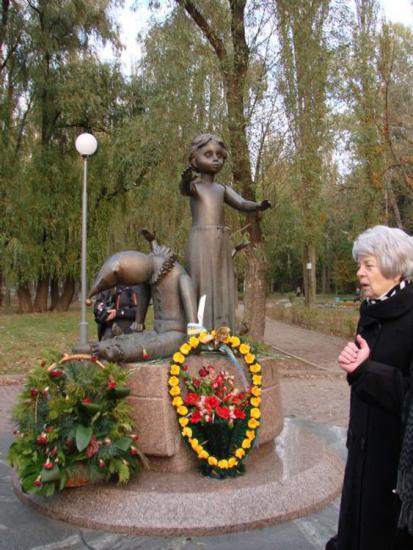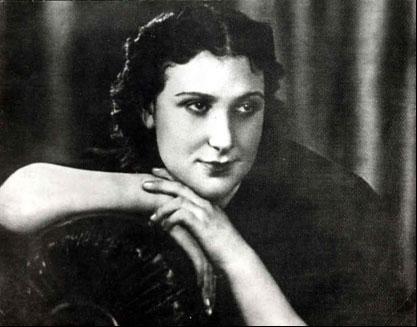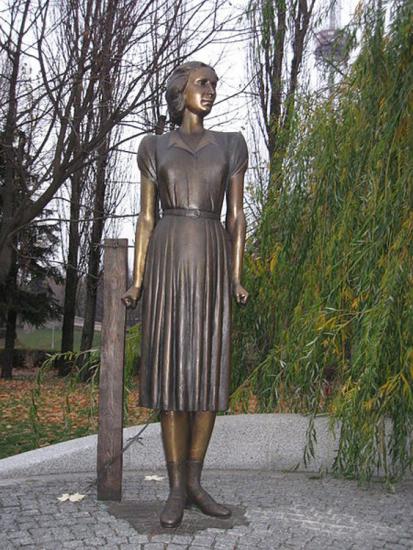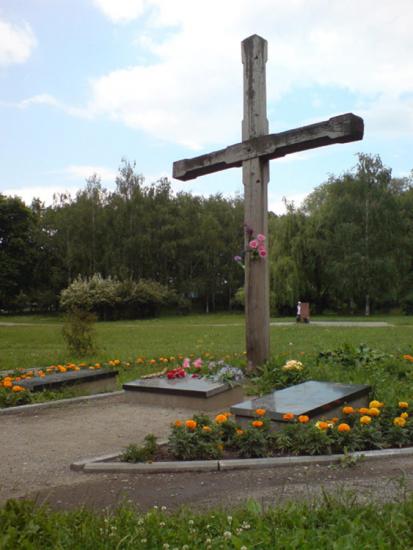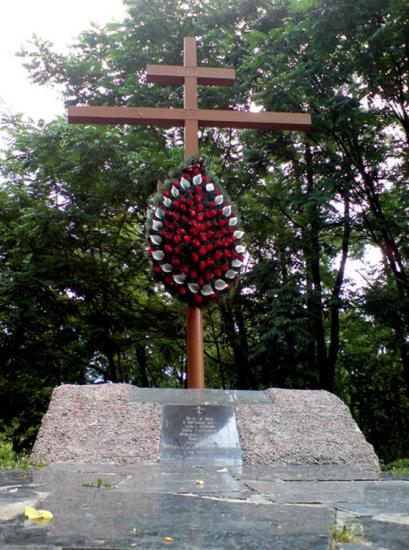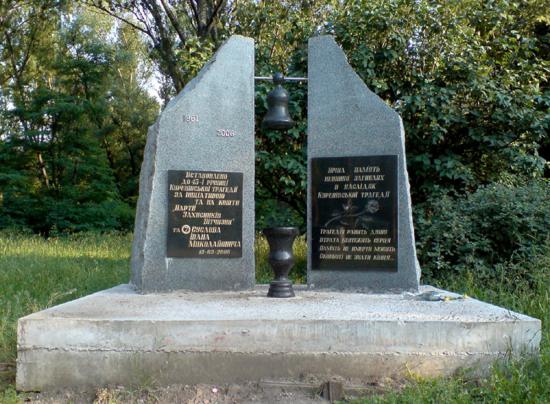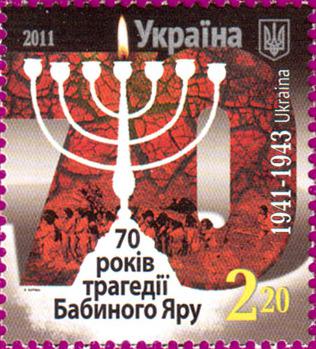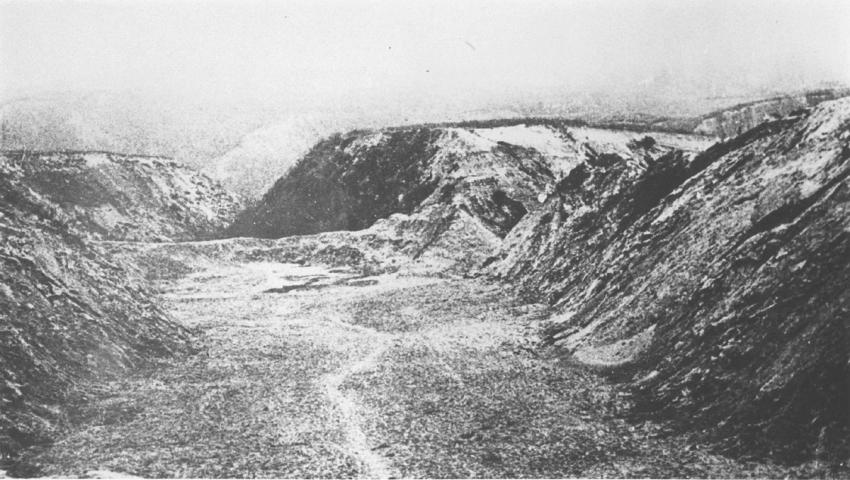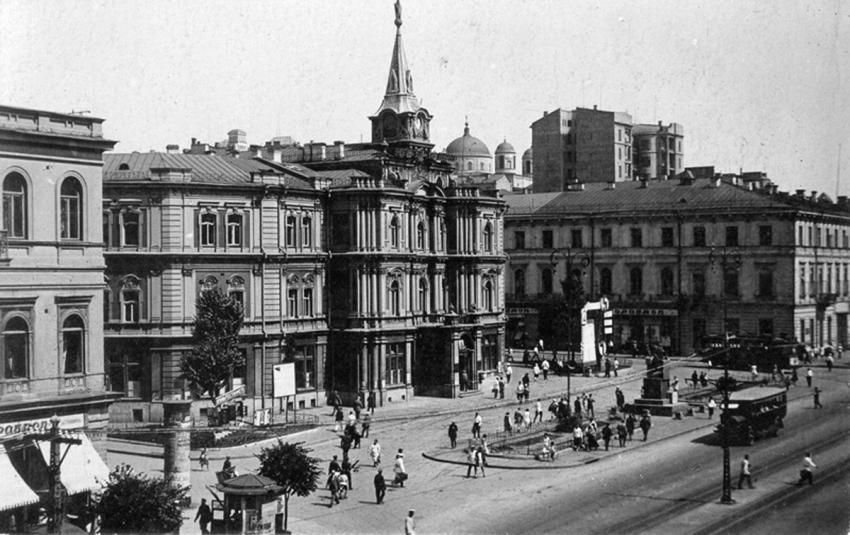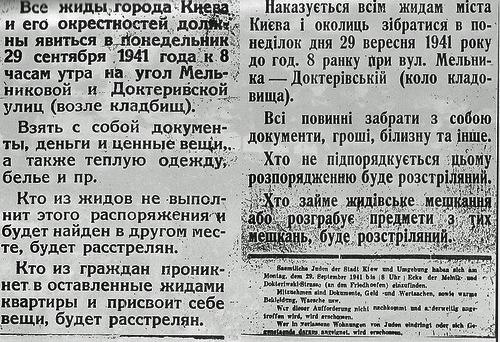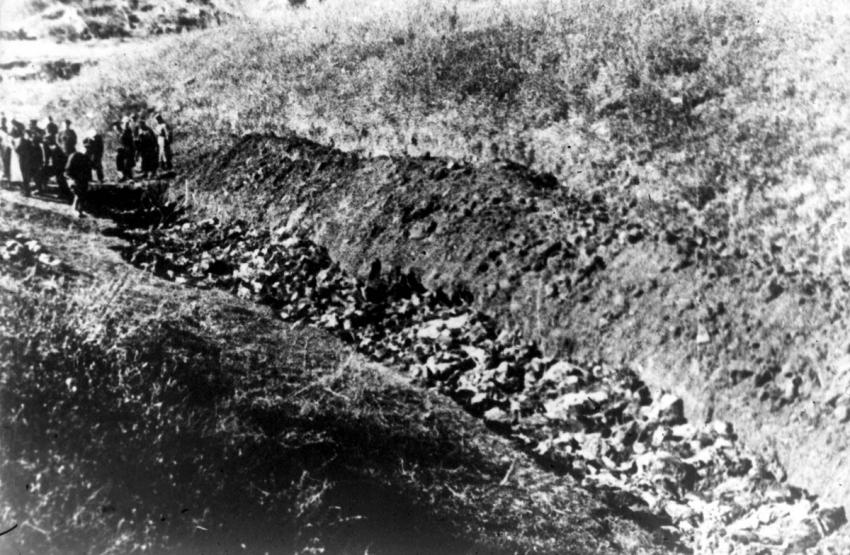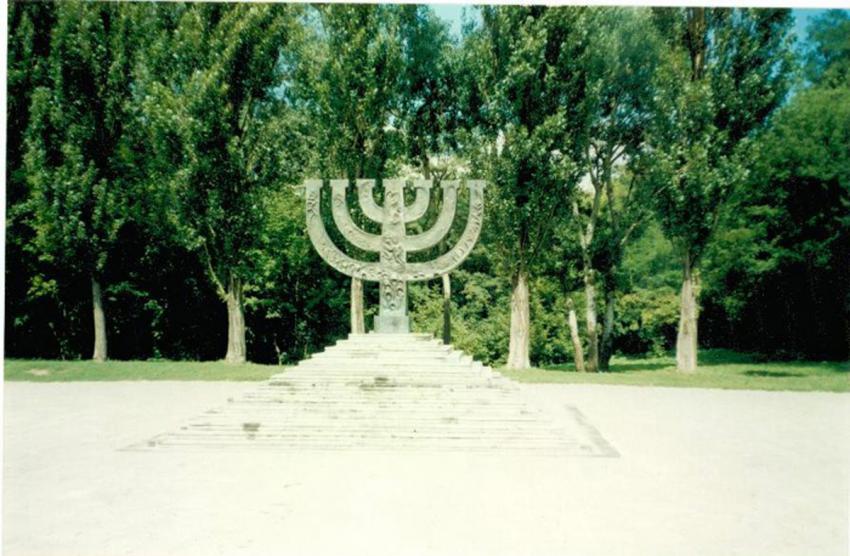In the following educational environment, we offer you a model of how to teach the complex history of the Holocaust in the occupied Soviet territories. This learning environment is based on the wealth of materials presented on the "The Untold Stories" website that is dedicated to the research of the Killing Sites.
This Learning Environment is dedicated to the history and tragedy of Babi Yar – a ravine that became the site of mass murders of the Jews of Kiev and other groups during the period of German occupation, from September 1941 to November 1943. In addition to providing the history of the extermination in Kiev during the Holocaust, the Learning Environment provides a historical overview of the Jewish community of Kiev from its beginnings; provides general information about the special features of the Holocaust in the occupied territory of the USSR; and speaks about the post-war period until our days – the period characterized by the struggle of Soviet Jews to commemorate the Holocaust and to be able to give expression to their memory.
Babi Yar is one of the major symbols of the Holocaust of the Soviet Jewry; at the same time, it has universal meaning, since it is the ultimate symbol of human tragedy whose history raises universal questions. Using historical materials, written and video testimonies, documents, photographs and other resources, this Learning Environment offers you a rich choice of materials to teach the subject of Babi Yar and the Holocaust of the Jews of Kiev, as well as the history of the Jews of Kiev and Ukraine. Also, for your convenience, you will find a Teacher's Guide here with notes for teachers, a list of topics, and questions.
Teacher's Guide
Teacher's GuideThis teacher’s guide offers you discussion questions for use in class. It will guide you through the topics related to the history of Babi Yar and the Holocaust in Kiev and mentioned in this Learning Environment. The questions for discussion are based upon the historical facts, research, and testimonies provided in the Learning Environment. Some of them concern moral dilemmas and issues of personal choices. Some will require participants of the discussion to conduct historical analysis on the basis of the information provided. We hope that this guide will help you to teach the complex subject of Babi Yar in your study group.
The War against the USSR and the Anti-Jewish Policy in the Occupied Soviet Territories
"…4) Executions
All the following are to be executed:
Officials of the Comintern (together with professional Communist politicians in general)top and medium-level officials and radical lower-level officials of the Party, Central Committee and district and sub-district committees.
People’s Commissars.
Jews in Party and State employment, and other radical elements (saboteurs, propagandists, snipers, assassins, inciters, etc.) insofar as they are, in any particular case, required or no longer required, to supply information on political or economic matters which are of special importance for the further operations of the Security Police, or for the economic reconstruction of the Occupied Territories..."
1
"...I travelled and walked this land from the northern Donets to the Dnieper, from Voroshilovgrad in the Donbass to Chernigov on the Desna; I have walked along the Dnieper and looked out at Kiev. And during all this time, I met one single Jew.
...Where is the Jewish people? Who will ask the twentieth century’s Cain that dreadful question: where are the Jewish people who once lived in Ukraine? Where are hundreds of thousands of elderly people and children? Where are millions of people who three years ago toiled and lived on this earth in peaceful friendship with Ukrainians?"2
Questions:
- What goals did Nazi Germany set to itself when planning Operation Barbarossa?
- How did the Nazis view Soviet Jews on the eve of the attack on the USSR?
- Name the special aspects of the Holocaust in the USSR, based on Dr. Yitzhak Arad’s study.
History of the Jews of Kiev from the Beginning until September 1941
Questions:
- Name the major characteristics of the Jews of Kiev on the eve of the German attack on the USSR in 1941.
- Before the war, approximately 230,000 Jews lived in Kiev. At the start of the German occupation in September 1941, about 70,000 remained in the city. Using the example of Kiev, show what ways of escape the Jews who did not remain under the occupation had.
Holocaust in Kiev and the Tragedy of Babi Yar
"All the Jews of the city of Kiev and its vicinity must appear on Monday September 29, 1941 by 8 a.m. at the corner of Melnikova and Dokhterivskaya streets (next to the cemetery). Bring documents, money and valuables, and also warm clothing, bed linen etc. Any Yids who do not follow this order and are found elsewhere will be shot. Any civilians who enter the dwellings left by Yids and appropriate the items in them will be shot".
3
"Each time I saw a new group of men and women, elderly people, and children being forced to take off their clothes. All [of them] were being taken to an open pit where submachine-gunners shot them. Then another group was brought…
With my own eyes I saw this horror. Although I was not standing close to the pit, terrible cries of panic-stricken people and quiet children’s voices calling “Mother, mother…” reached me".4
Dina Pronicheva
"…there were still many Jews living in hiding in the Kiev metropolitan area. Loads of denunciations [revealing the location] of hidden Jews by the Ukrainian population hostile toward the Jews arrived at the office of the commander of the Security Police [of Kiev]. The number of denunciations was so large that the office was unable to process them all due to the lack of personnel".
5
Questions:
- Analyze the German order to the Jews of Kiev to assemble on 29 September 1941. What conclusions can one draw from this order?
- In order to find and capture the Jews who were hiding, German authorities issued orders to house-managers and yard-keepers, and encouraged the local population to denounce Jews. Provide your explanations as to why these methods were effective.
"I happened to meet a little girl … who also could not take her eyes off them. She asked me: "Auntie, are they Jews? Where are they being driven? Are they going to be killed?" Her eyes were opened wide. It was obvious that such a possibility could not enter her head. Into whose head of ours could it?"
6
"My grandfather… came rushing into the room:
'I've got great news for you! ... From tomorrow there won't be a single Yid left in Kiev. It seems it's true what they said about them setting fire to the Kreshchatik. Thank the Lord for that! That'll put paid to them getting rich at our expense, the bastards. Now they can go off to their blessed Palestine, or at any rate the Germans'll deal with 'em. They're being deported! There's an order posted up."7
Questions:
- Bring examples of various reactions of non-Jewish residents of Kiev to the murders of Jews in Babi Yar and to the attempts of some of the Jews to escape. What motivated the reaction of the locals to what was happening with the Jews?
- Historian Alexander Prusin, who researched the social and ideological profile of the Ukrainian policemen using the example of the Kiev general district, notes that without the active cooperation of the local police, the Germans would have been unable to annihilate so many people in such a relatively short time. Name the main motives of collaborationists who served in the local auxiliary police, according to Prusin’s research.
Commemoration of the Victims of Babi Yar
"No monument stands over Babi Yar.
A drop sheer as a crude gravestone.
I am afraid.
Today I am as old in years
as all the Jewish people…"
"...I’ve just been told by the architectural administration of the city of Kiev that Babi Yar is intended to be “flooded”… in other words, filled with soil, levelled, and in its place a garden and a stadium will be built…
Is this possible? Who could have [contemplated this] – to fill a ravine 30 meters deep and play football and run about at the site of the greatest tragedy?
No, this cannot be allowed to happen!”9
Questions:
- What difficulties did the Jews encounter in their attempts to commemorate the victims of Babi Yar in the period after the liberation of Kiev and until the fall of the “Iron Curtain”? What were the reasons for these difficulties?
- Why did Babi Yar, of all places, become the symbol of the Holocaust of the Soviet Jews?
- Why can Babi Yar be called not only the symbol of the Holocaust of the Soviet Jews, but also a universal symbol of human tragedy?
- Extract from Guidelines by Heydrich for Higher SS and Police Leaders in the Occupied Territories of the Soviet Union, July 2, 1941.
Yitzhak Arad, Yisrael Gutman, Abraham Margaliot (Eds.), Documents on the Holocaust, Selected Sources on the Destruction of the Jews of Germany and Austria, Poland and the Soviet Union, Yad Vashem, Jerusalem 1981, Document no. 171, pp. 377-378. - Vasilii Grossman, “Ukraine Without Jews”.
- Order for Kiev's Jews to assemble near Babi Yar, September 28, 1941.
- Yitzhak Arad, ed., The Destruction of the Jews of the USSR during the German Occupation (1941-1944), Jerusalem 1991, pp. 107-111 (in Russian).
- YVA TR.10/39.
- TsGAOOU, 1-22-347, copy YVA M.37/43.
- A. Anatoli (Kuznetsov), Babi Yar, transl. David Floyd, Washington, 1970, pp. 66-68.
- Translated from Russian by George Reavey. From Yevgeny Yevtushenko, "I came to you, Babi Yar..." Moscow, 2006, p. 38.
- Viktor Nekrasov, "Why wasn’t it done? (About the monument to the perished in Babi Yar in Kiev)", "Literaturnaya gazeta", October 10, 1959.
Historical Background
Historical BackgroundVideo Testimonies
Video TestimoniesWritten Testimonies
Written Testimonies- Testimony of Dina Pronicheva
- From the Memoir of Raya Dashkevich
- From the Memoir of Valentin Bubnov
- From the Diary of L. Nartova, a teacher from Kiev
- Yitsik Kipnis, "Babi Yar (Among Jews)," September 29, 1944, Part 2
- Letter of Boris Braynin to Ilya Ehrenburg, 1948
- From the memoirs Babi Yar or Memory about How an Obstinate Tribe Became a People by Emmanuel (Amik) Diamant, September 14, 2011
- Abram Kagan, "Kiev's 'Ravine of Tears,'" September 29, 1944
- From "Notes of an Onlooker" by Viktor Nekrasov
Primary Sources
Primary Sources- From a Report by Einsatzgruppen on the Extermination of the Jews in the Ukraine, October 1941
- Activity Report of the 454th Security Division for the period of October 1-10, 1941
- From Report No.1 of the Central Staff of the Partisan Movement, October 10, 1942
- From Jewish Telegraph Agency Daily Bulletin, November 16, 1941
- TASS Communique from New York, November 18, 1941
- Report of Soviet partisan Aleksei Popov about Babi Yar, December 4, 1941
- Communique of People's Commissar of Foreign Affairs Viacheslav Molotov to Ambassadors of Foreign Countries, January 6, 1942
- From the Report of the Polish Home Army to the Polish Government-in-Exile regarding mass murders of Jews
- From the Report of D.I. Volevich to the organization department of the Kiev city committee of the Communist Party of Ukraine
- From the article “So it was in Kiev…”, by Evgeny Kriger, military correspondent of "Izvestiya," November 16, 1943
- From the Testimony of Viktor T [rill] of Einsatzgruppe C, 1944
- Letter to the ChGK from the Painter Nikolai Prakhov
- From the Testimony of Leonid Ostrovskiy (ChGK)
- From the Testimony of Vladimir Davydov (ChGK)
- From the Report about the work of Communist clandestine organizations in Kiev during the German occupation, 1946
- From the indictment of Erich Ehrlinger, 1960
- From the indictment of Kuno Callsen of Einsatzgruppe C, 1967
- From the article by Lev Ozerov, “Kiev, Babi Yar”
- From the Novel by Anatoli Kuznetsov, "Babi Yar"
Photo Gallery
Photo Gallery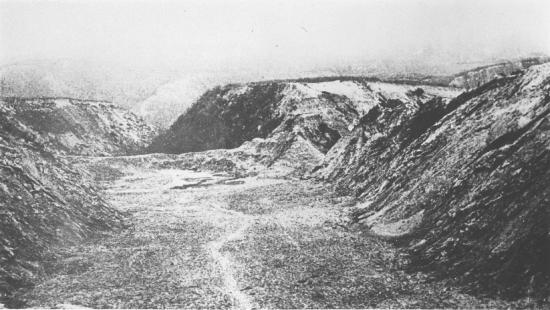
Yad Vashem Archives 4613/149

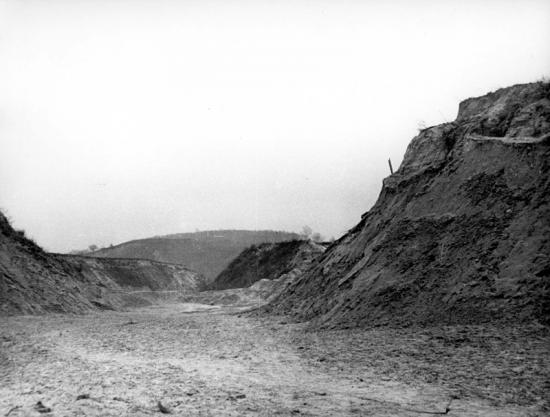
Yad Vashem Archives

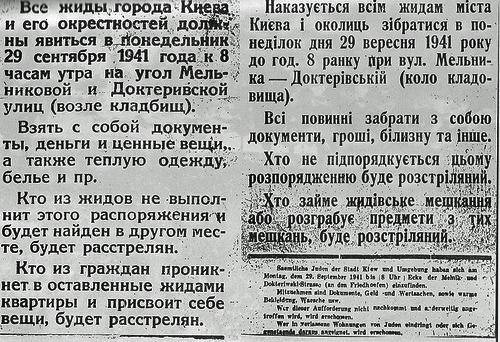

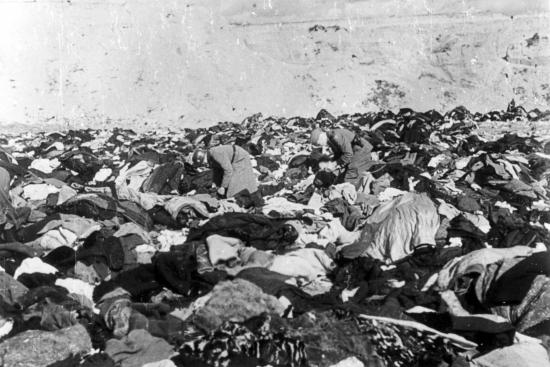
Yad Vashem Photo Archives, 3056/2

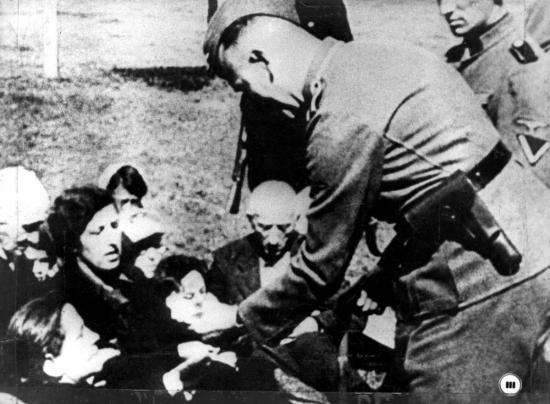
Yad Vashem Archives 3521/133

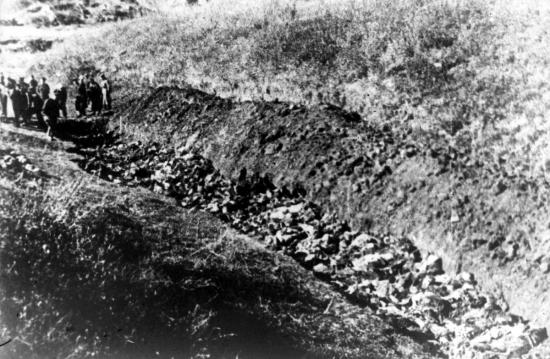
Yad Vashem Archives 3521/129

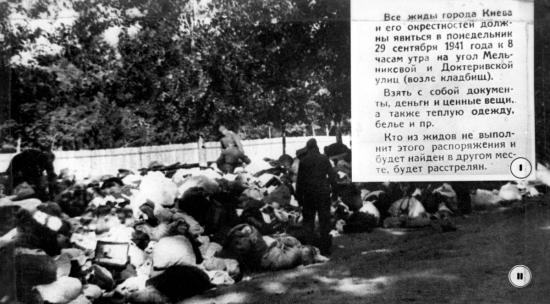
Yad Vashem Archives 3521/131

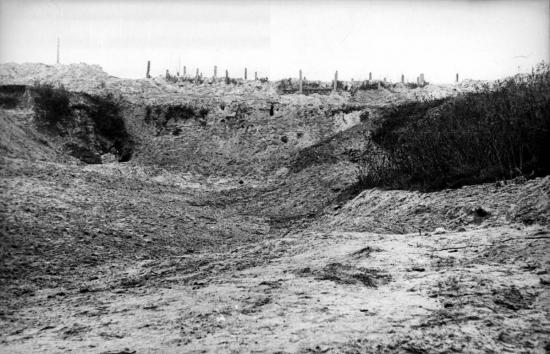
Yad Vashem Archives 3521/117

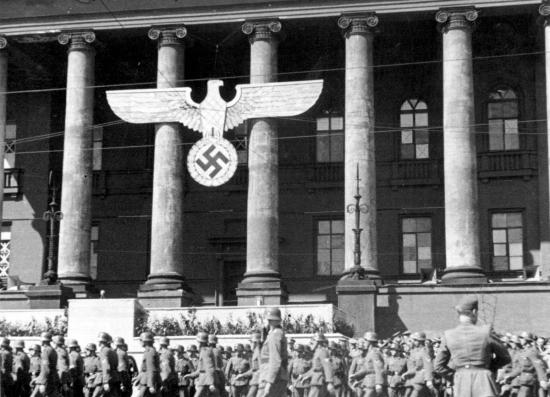
Yad Vashem Archives 132CO2_

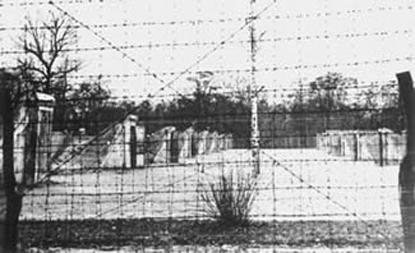

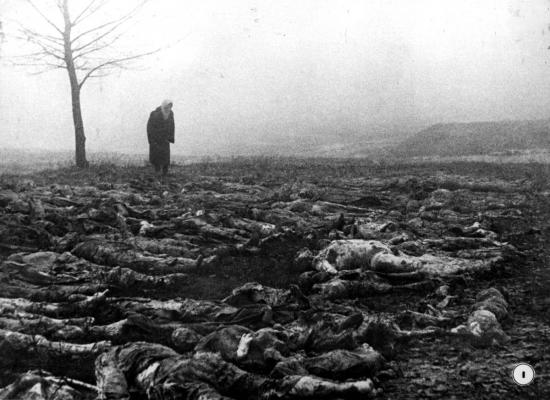
Yad Vashem Archives 3521/132

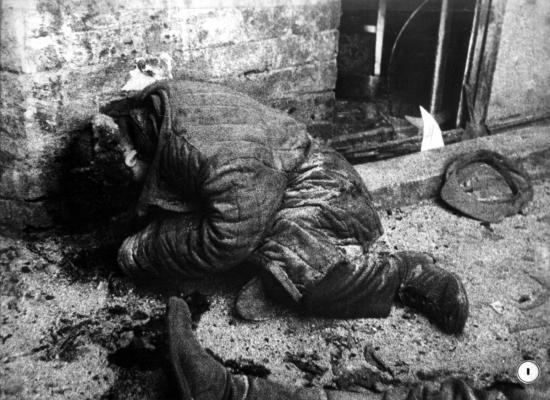
Yad Vashem Archives 3521/114

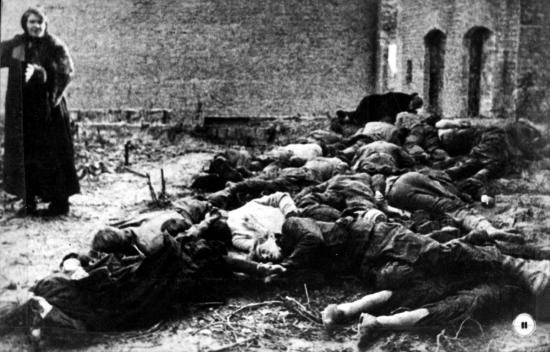
Yad Vashem Archives 3521/115

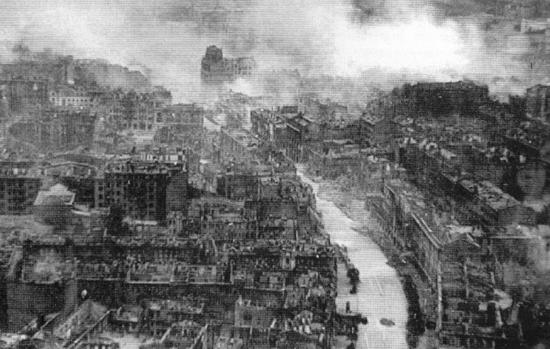

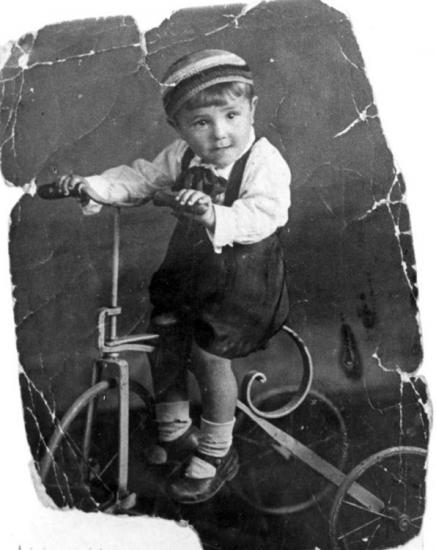
Yad Vashem Archives 5027/461

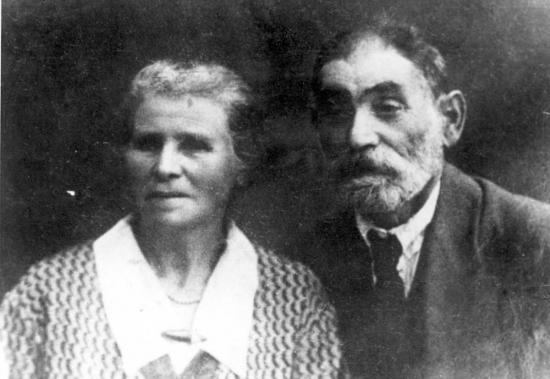
Yad Vashem Archives 4102/1

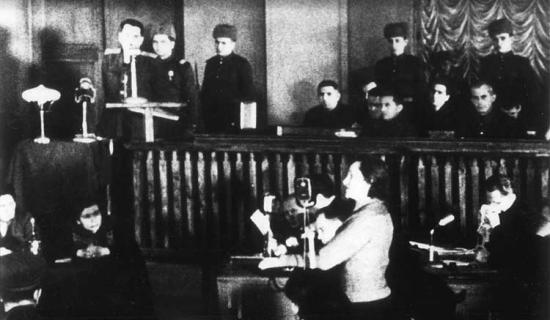

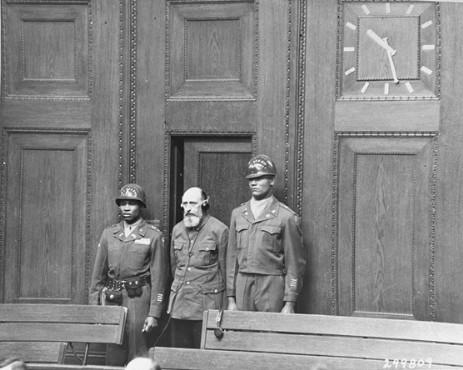

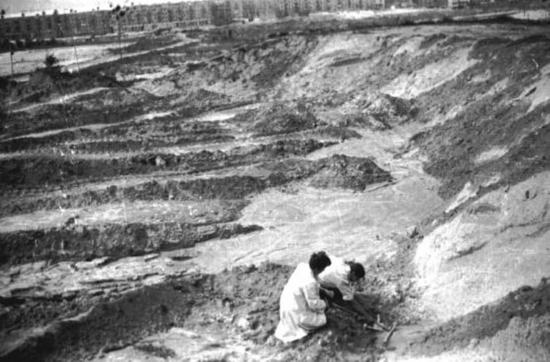

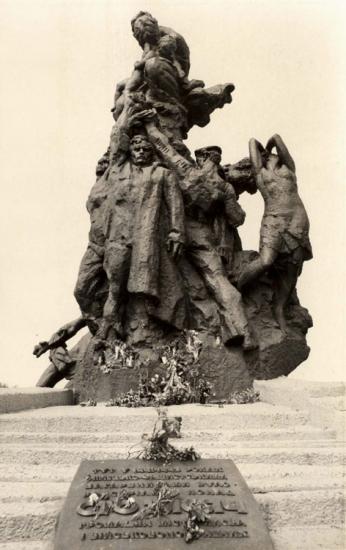
Yad Vashem Archives 1275/4

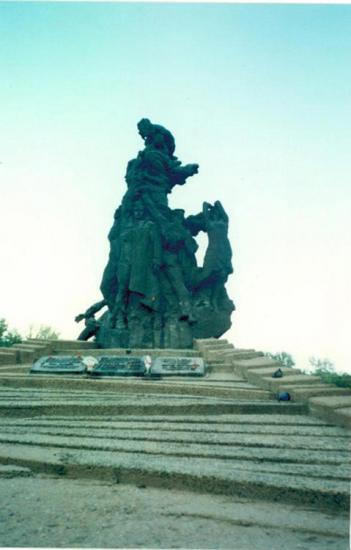
Courtesy of the Rinenberg family

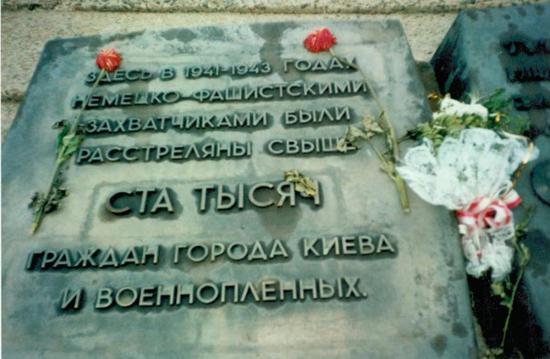
Courtesy of the Rinenberg family

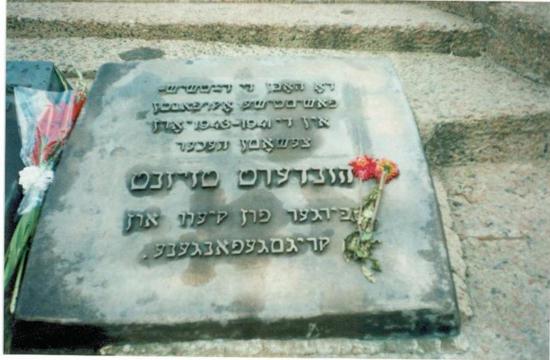
Courtesy of the Rinenberg family

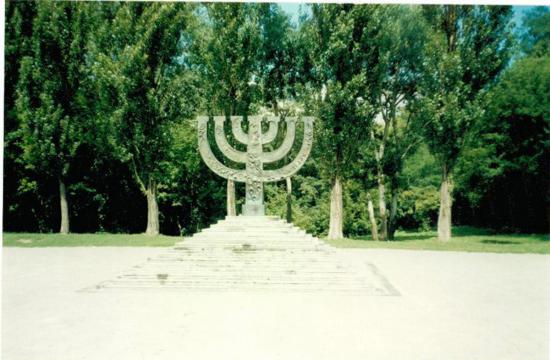
Courtesy of the Rinenberg family

